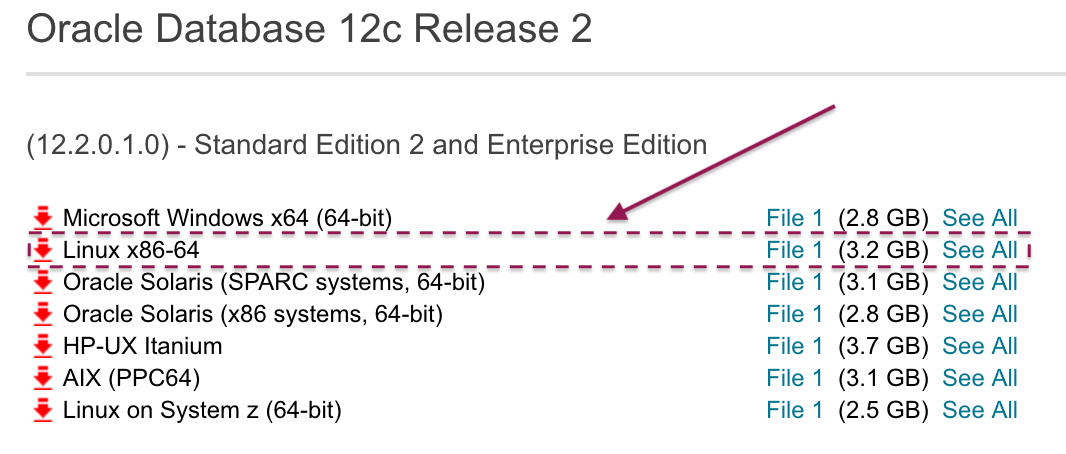

- Mac install docker from source code full#
- Mac install docker from source code windows 10#
- Mac install docker from source code code#

Please make sure the username matched SSH_USERNAME in startup.sh. Unselect Set up this disk as an LVM group (space key) because it will only use half the disk by default.Įnter the username and the password, the password only use to copy public key and it should be removed after public key login works. Press Done unless you network environment require proxy. Usually you will select English, because mostly you won't find any useful information when you search localized error message on the web. Here is the instruction for install ubuntu server:

Preparationīefore setup the qemu environment, you need to uninstall Docker Desktop and install qemu from homebrew.īefore uninstall Docker Desktop, you may want to stop and remove all containers and images.
Mac install docker from source code full#
UTM provides a good gui for setup qemu machine, but there is a ultra bug which breaks networking if you enable full graphics, but if you disable full graphics with UTM you can't use it's file sharing protocol (which based on SPICE WebDAV).
Mac install docker from source code code#
MiniKube is working well on Mac Intel but it doesn't support Mac Apple Silicon without Docker Desktop, check the source code here UTM Other advantage is this project will forward docker and docker-compose command to the real docker client inside qemu instance, which provides full compatibility for docker commands, Lima's docker compatiable command (lima nerdctl) is good but still lacking some function such as docker system, docker compose exec and docker compose ps. Lima is a great project which provides super easy setup for qemu + linux + sshfs + containerd + docker compatiable command, but the file sharing protocol sshfs (fuse) is a troublemaker ( #231), this setup will use qemu builtin in kernel samba protocol to share folder which give you more control and stability. What's different with other projects Lima It’s much simpler and straightforward, and there’s no need to add another layer of virtualization if you don’t actually need it.┌────────────────────┐ ┌───────────────────┐ Otherwise, just use Docker for Windows and Hyper-V. Fiddle around with a few scenarios and go with whichever is most comfortable for your situation.Įdit/TL DR: If you want to run VMs without Hyper-V, go with a VM guest as a Docker host. Not really hating on Microsoft, as I am very comfortable on Windows, but it’s just more of a personal preference. I personally find it overly-complicated and over-engineered like many things Microsoft puts out. I just prefer VirtualBox and like that it’s open source, and I’ve never cared for Hyper-V at all. However, when I am running a Windows host with VMs, I always install Docker on one of the Linux VMs, because I just find it easier to manage that way. I have used most of the setups mentioned here, and my Ubuntu physical host running VirtualBox is the most stable. The VirtualBox team uses Debian themselves for whatever that’s worth. Guest additions for Linux are much easier to install than Windows as well.
Mac install docker from source code windows 10#
If you are going to install a VM on your Windows 10 box specifically to run Docker, why not go with Debian or Ubuntu? IMO, Docker is way more stable and easier to manage on Linux, and the VM Docker host would also be less resource-heavy.


 0 kommentar(er)
0 kommentar(er)
